Restoring a Concrete Pond
gilroybighouse
11 years ago
Related Stories
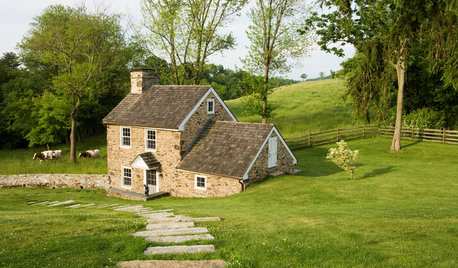
BEFORE AND AFTERSRestoration Rallies a 1790 Stone Springhouse
An old outbuilding gets a new purpose — several purposes, that is — thanks to careful efforts by stonemasons and architects
Full Story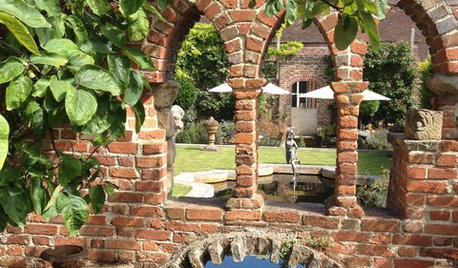
LANDSCAPE DESIGNExplore a Magical Restored English Garden
History comes alive in the gardens of a Rochester townhouse, filled with sculptural yew, a topiary parterre and an archway-draped pond
Full Story
GARDENING AND LANDSCAPINGHow to Make a Pond
You can make an outdoor fish paradise of your own, for less than you might think. But you'll need this expert design wisdom
Full Story
HOUZZ TOURSHouzz Tour: A Frank Lloyd Wright Home, Lovingly Restored
In a 15-year labor of love, one dedicated Ohio couple focuses on conserving over remodeling, protecting an architectural legacy
Full Story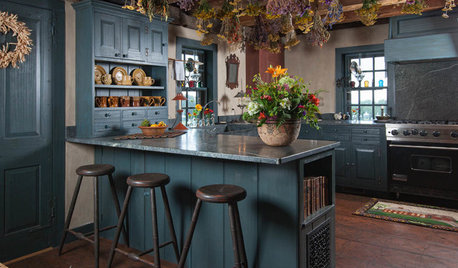
HOUZZ TV FAVORITESHouzz TV: See How Early Settlers Lived in This Restored Pilgrim House
Passionate restoration and preservation efforts give a 1665 home an honored place in the present
Full Story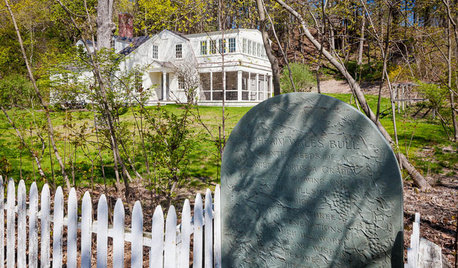
TRADITIONAL HOMESHouzz Tour: Historic Concord Grapevine Cottage’s Charms Restored
This famous property had fallen on hard times, but passionate homeowners lovingly brought it back
Full Story
HOUZZ TOURSHouzz Tour: Restored Eichler on the Waterfront
1962 Eichler Sheds '80s Layers to Get Its Classic Lines Back
Full Story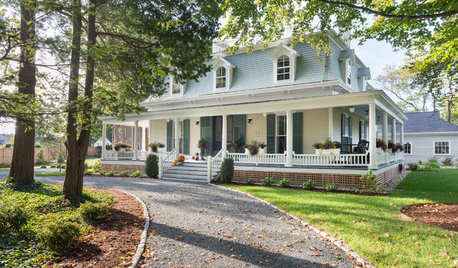
TRADITIONAL HOMESHouzz Tour: Pride Restored to a Historic Rhode Island Home
Designers spruce up Narragansett’s first summer cottage while adapting the Victorian-era home for modern living
Full Story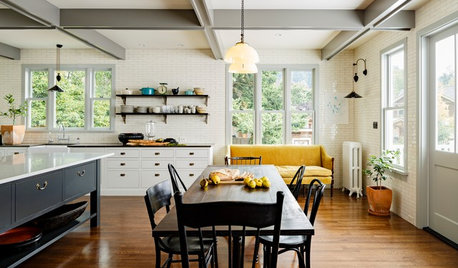
REMODELING GUIDESMajor Remodel: Restoring a Queen Anne to Glory
Misguided 1970s changes marred this Victorian-era home in Portland, until a dedicated family moved in
Full Story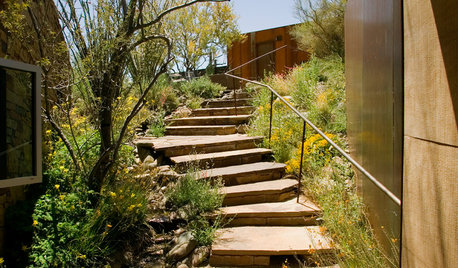
ARCHITECTUREHouzz Tour: A Pond House in the Arizona Desert
With water in the back and a descent to get in, this skillfully designed modern home keeps its cool in the Southwestern sun
Full StoryMore Discussions







waterbug_guy
gilroybighouseOriginal Author
Related Professionals
Simpsonville Landscape Architects & Landscape Designers · Hershey Landscape Architects & Landscape Designers · Parole Landscape Architects & Landscape Designers · Signal Hill Landscape Architects & Landscape Designers · Waunakee Landscape Architects & Landscape Designers · Arlington Landscape Contractors · Forest Hills Landscape Contractors · Las Vegas Landscape Contractors · Mastic Beach Landscape Contractors · New Baltimore Landscape Contractors · New Berlin Landscape Contractors · North Highlands Landscape Contractors · Oak Harbor Landscape Contractors · Waldorf Landscape Contractors · Westchester Landscape Contractorswaterbug_guy
garyfla_gw
mckool
gilroybighouseOriginal Author
chas045
waterbug_guy
gilroybighouseOriginal Author
waterbug_guy
shakaho
Debbie Downer
waterbug_guy
gilroybighouseOriginal Author
gilroybighouseOriginal Author
Holly_ON
waterbug_guy
gilroybighouseOriginal Author